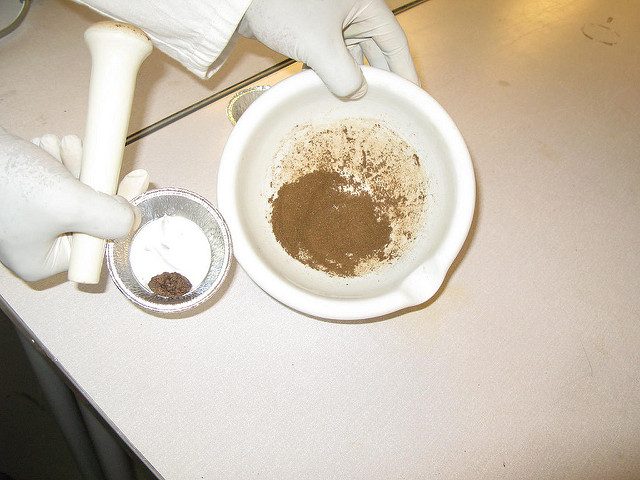
Okay, so this might not be a topic of discussion usually overheard in polite company, but there is absolutely no doubt that a plethora of ailments and even serious gastrointestinal problems may be diagnosed with the help of a fecal sample. Using feces to pinpoint digestive system disorders is a science, and in spite of the nervous laughter and somewhat awkward question and answer sessions this discipline might receive in medical school or in the doctor and patient consultation visit, there are some cold and hard facts that cannot be overlooked.
First and foremost, consider that the feces are the end result of the combined workings of the digestive system. As you may know, digestion begins in the mouth and thus the mouth itself is considered to be a member of the digestive tract. From there the food travels via the esophagus into the stomach and from there it traverses the intestines and finally exits the body via the anus. In between there are several associated organs which – although not considered a part of the digestive system – do act upon the food that is being digested. Thus, feces not only pinpoint to problems with digestion per se, but may also be a tell tale sign of other physical maladies.
Secondly, consider that feces give away conditions not only via testing but also by appearance. Some are runny and contain more fluid than normal. This points to a failure of the lower intestines to adequately retrieve the moisture content and thus it leaves the body in danger of dehydration. Conversely, overly hard stools may point to a failure to include sufficient fiber as well as water in the diet itself.
Darkened stools may point to the presence of oxidized blood in the feces, which of course may have a plethora of digestive system disorders as its root cause, most commonly peptic ulcers. On the flipside, the overly darkened stool may also be an indication of the medications the patient may be taking and thus further testing will ensure that any potentially dangerous physical conditions are ruled out. Feces which showcase a distinct yellow color point to a possible parasitic infection when accompanied by diarrhea and possible Gilbert’s Syndrome when the feces are more solid.
Thirdly, when the feces are tested, the presence of intestinal parasites will help to ascertain if certain hygiene measures need to be discussed, but it may also be a warning sign that other bodily systems may be affected with parasitic invasions and immediate measures need to be taken to remove the parasites. Failure to parasites may lead to malnutrition which in the youngest victims may eventually cause death.
Also found in fecal cultures are viruses that may identify some of the most commonly complained of abdominal complaints; rotavirus, for example, is a common childhood virus found in the feces of young children and it causes severe diarrhea. Next to impossible to prevent as it is passed around from child to child and caregiver to child, it must be dealt with by offering relief for the symptoms. Failure to pay special attention to diarrhea in infants may have fatal consequences and parents are urged to seek out medical attention if diarrhea is accompanied by listlessness, failure to ingest sufficient liquids to counteract the loss of stool, and general sleepiness.
Feces Related Items For Sale
[phpbay]Feces, 4, “”, “”[/phpbay] [phpbay]colon health, 12, “”, “”[/phpbay]
News About Feces and Health
|
|